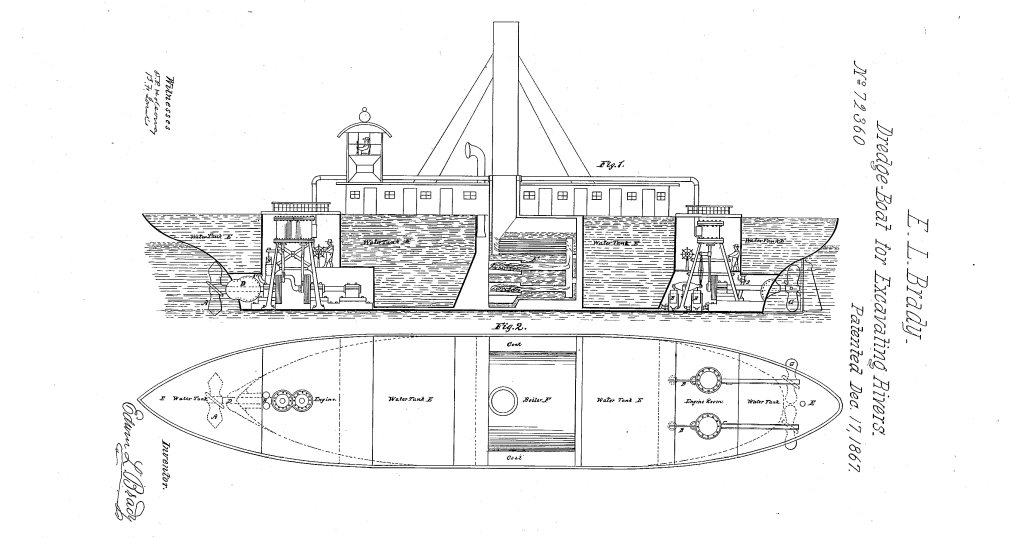by Dennis Crouch
The debate over obviousness type double patenting continues. Most recently, the U.S. Government has filed its brief in opposition to certiorari in Cellect v. Vidal.
In its decision, the Federal Circuit ruled that the Congressionally mandated "patent term guarantee" that adjusts patent term to account for undue USPTO delay (known as PTA) triggers a risk that a later-expiring patent will be invalidated due to obviousness-type double patenting (ODP). The Government brief consistently defends and agrees with the CAFC's decision -- arguing primarily (1) that ODP is an ancient patent tradition (much like eligibility) and (2) applying ODP to PTA is supported by the statute.
To continue reading, become a Patently-O member. Already a member? Simply log in to access the full post.


